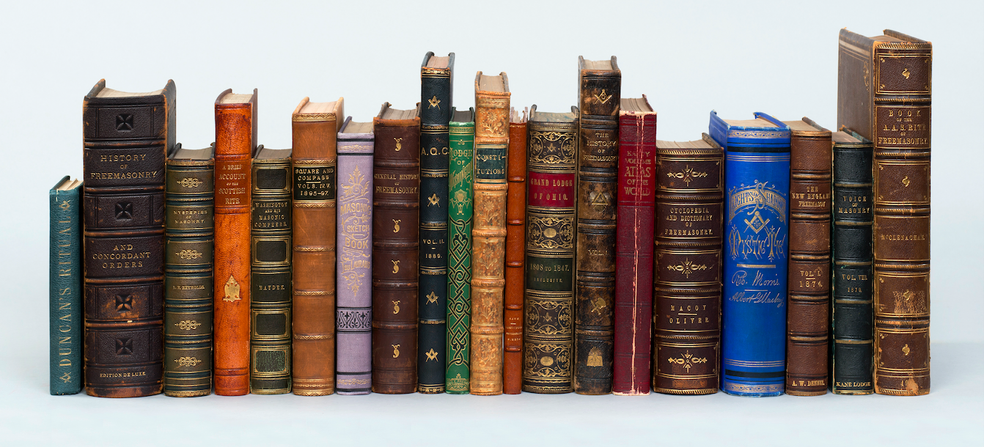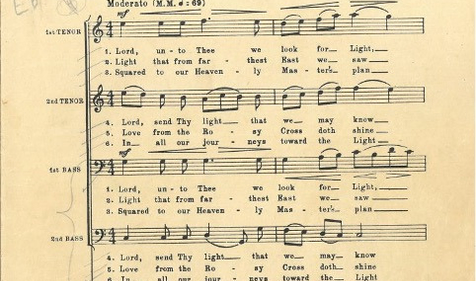Like the square and compasses symbol, the double-headed eagle motif is one of 32º Scottish Rite Freemasonry’s most recognizable symbols. Ever since its establishment, the Scottish Rite has adopted the double-headed eagle as its emblem. Here, we delve into its origins and significance today.

Like the square and compasses symbol, the double-headed eagle motif is one of 32º Scottish Rite Freemasonry’s most recognizable symbols. Ever since its establishment, the Scottish Rite has adopted the double-headed eagle as its emblem. Here, we delve into its origins and significance today.
Origins of the Symbol
The double-headed eagle symbol existed long before the birth of the Scottish Rite. Theories have circulated that the emblem must have originated as far back as Ancient Mesopotamia. It was during this time that various polysepalous (multi-headed) beasts represented either villains or heroes in ancient legends and mythologies.
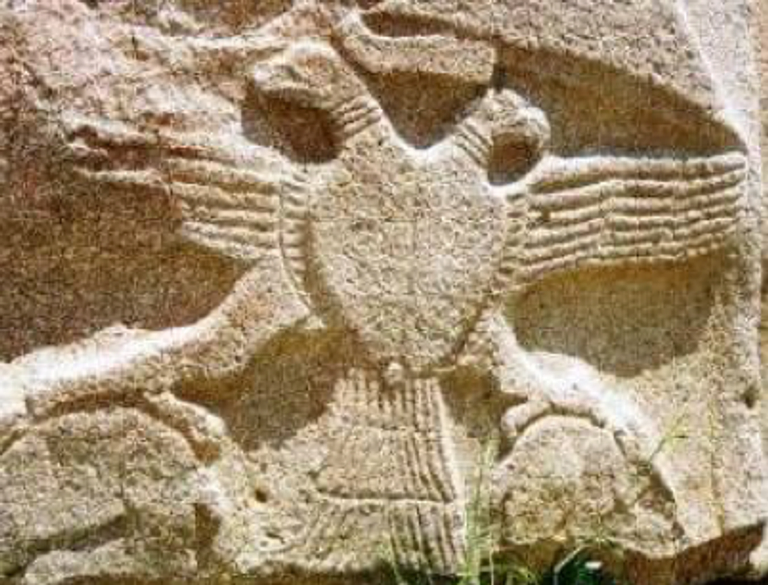
Double-headed eagle on the city gate in Alaca Höyük, Turkey (1450-1180 BCE)
The double-headed eagle continued to make appearances throughout history. During both the Roman and Byzantine Empires, the symbol was represented on imperial flags, and was an emblem for power and dominion. During the Medieval Era in Europe, particularly in metal-work, embroidery, and knighthood, the double-headed eagle gained prominence once again. Most commonly, the symbol was used in heraldry. The royal families of Russia during the 15th century displayed the motif with pride. During the 18th century, the double-headed eagle was used in higher degrees in France as the emblem of the Kadosh Degree.
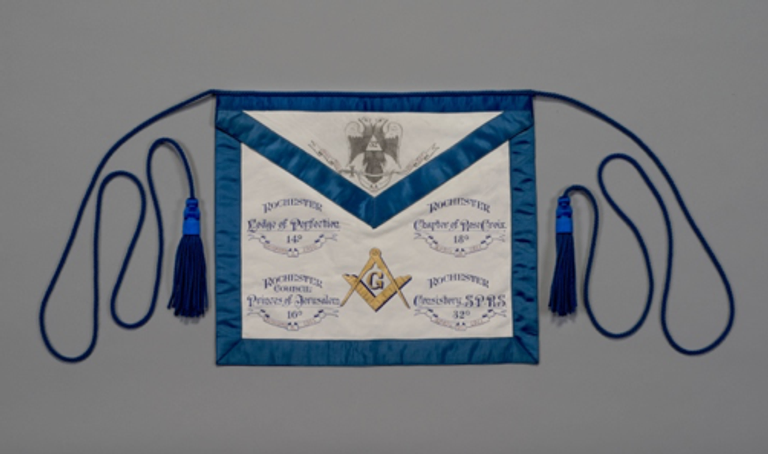
Apron, 1911. Museum Purchase, 2014.049. Photograph by David Bohl.
Scottish Rite’s Double-Headed Eagle Today
As Scottish Rite Freemasons, we display our pride in the fraternity by wearing Masonic symbols. Like the square and compasses, the double-headed eagle is a well-known symbol of the Scottish Rite. The double-headed eagle emblem is displayed by fellow Brothers on rings, jewelry, clothing, and caps.
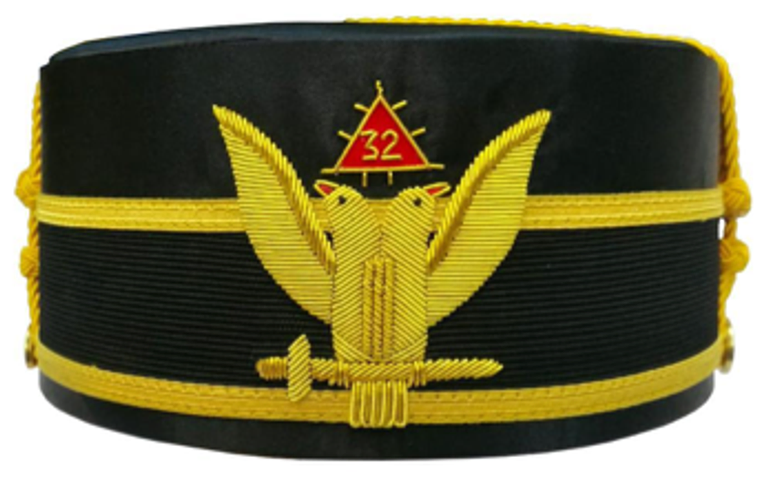
The most basic design for the Scottish Rite emblem shows the eagle’s wings pointed downward. However, in some designs, the wings are sometimes pointed upward, which reflects a Mason’s status. In the Northern Masonic Jurisdiction, the wings-up design is reserved for 33º Active Members (of which there are approximately fifty) and Active Emeritus Members of the Supreme Council. Otherwise, a Brother may only wear the Double-Headed Eagle with its wings pointed downward.
What Does the Double-Headed Eagle Mean to You?
We’re curious to hear if the double-headed eagle holds personal significance to you. Does it reflect your Masonic values? Or do you have a story about an object, clothing item, or accessory that features the double-headed eagle? Share your thoughts over social media and tag the SRNMJ. (Facebook & Twitter: @scottishritenmj)
Related Stories
Discover additional Scottish Rite blogs and news on this topic.
